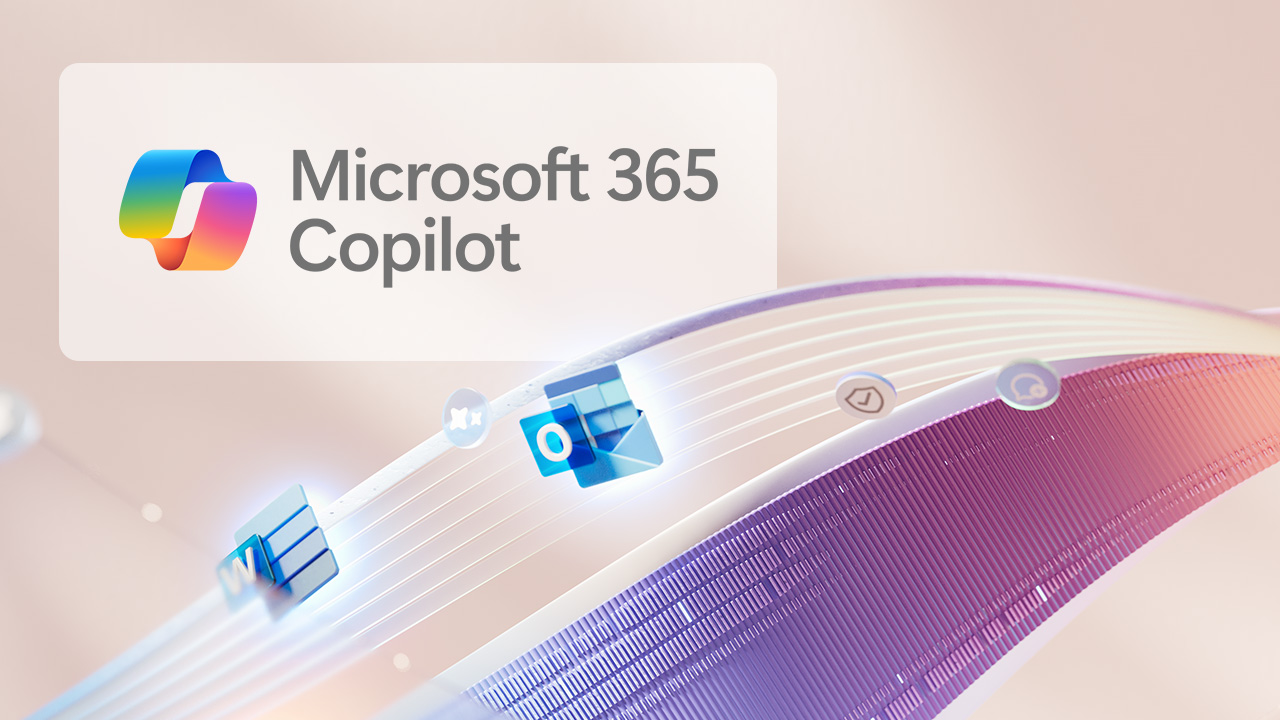I was asked for advise for a cheap new Windows laptop for a friend. I went for the Lenovo Flex 10, for the following reasons:
- Lenovo build quality & support
- Portability
- 4GB of RAM
This machine is currently £229.99 in PC World (http://www.pcworld.co.uk/gbuk/laptops-netbooks/laptops/laptops/lenovo-flex-10-10-1-convertible-touchscreen-laptop-black-10016057-pdt.html) , which is where the friend happened to be when I was called. So a quick bit of research, this is what I went for, the main reason being that it is relatively easy to install an SSD. These small laptops are all very well, but would really be about as fast as an ageing Windows XP netbook. Put an SSD in however, and everything comes to life – the CPU can keep up, there is enough RAM to have a few apps running, and with a decent SSD in, the system seems positively spritely. At the end of the upgrade, you have a small, lightweight machine with a fast SSD a shade over £300, not bad. So I also recommended the Crucial MX100 256GB SSD drive for £73.79: https://www.amazon.co.uk/Crucial-CT256MX100SSD1-256GB-Includes-Spacer/dp/B00KFAGCWK/ref=as_sl_pc_ss_til?tag=highbird-21&linkCode=w01&linkId=&creativeASIN=B00KFAGCWK.
So the machine came along with a disk. A bit of Googling didn’t quite give me enough detail, so I will share how I did this here.
SSD Installation in the Lenovo Flex 10
You can install an SSD as follows:
- Prise open the 2 rubber feet. Lever open the side near the edge of the laptop, there is a hinge at the other side. I used a pen knife blade, be careful not to damage the foot.
- Remove the paper seal under one of the feet (goodbye warranty) and remove the screws underneath
- Remove all the other screws on the bottom of the unit. Keep the safe.
- Prise open the case, I used a credit card (a store one you don’t want as it may get damaged) to go all around the edge until it popped open. At the back near the hinge I had to use a penknife bottle opener to pop that off, it was quite tough. Then the whole back came off nicely, revealing the standard 2.5″ 7.5mm HDD. There are no wires or cables attached to the base, so it is a relatively safe operation if you are careful.
- Unscrew 3 screws holding in the HDD caddy. Note that in the picture below I mistakenly screwed one back in the wrong place, the top one, don’t add that one.
- You will then be able to slightly life up the caddy, and remove it. It is quite tricky as the one I had had some sticky tape on the bottom of they drive. Take it slow wiggling from side to side.
- Remove the old HDD from the caddy and install the new one. It just takes standard 2.5″ 76mm drives.
- Clip the laptop back together and screw all the screws in.
- Reboot, press Fn+F2 to enter the BIOS.
- Go to the Boot option and enable legacy boot.
- Reboot, press FN+F12 this time to enter the boot menu.
- Choose your USB device to install Windows.
Windows installation
What I generally do, is stick in an SSD if I can, and then do a clean installation of Windows, without all the crapware. In this case, I was not able to preserve to the OEM activation due to the version of Windows on this machine (Windows 8.1 with Bing), so I used on one of my own Windows keys.
The machine came with ‘Windows 8.1 with Bing’. The SKU for this is CoreConnected. Unfortunately there seems to be no way to do a clean install of Windows with this version (yet) – see http://forums.mydigitallife.info/threads/40897-Guide-to-preserve-Windows-8-x-OEM-Activation
Here are some images which may help.
Share this:
- Click to share on Facebook (Opens in new window) Facebook
- Click to share on LinkedIn (Opens in new window) LinkedIn
- Click to share on Reddit (Opens in new window) Reddit
- Click to share on X (Opens in new window) X
- Click to email a link to a friend (Opens in new window) Email
- Click to print (Opens in new window) Print

